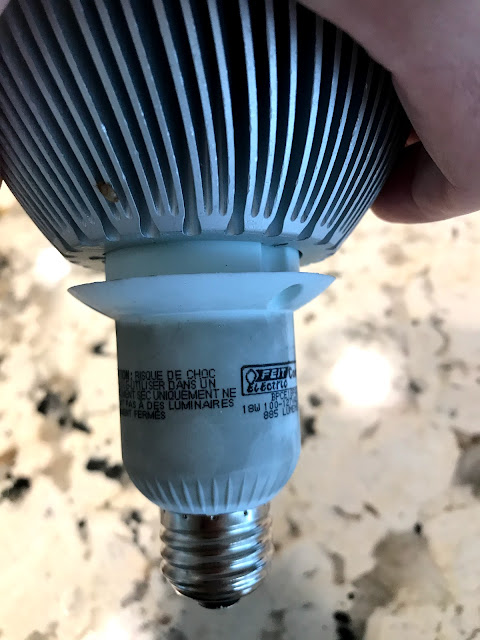What I Want:
- Humon Hex: it tracks oxygen availability in your muscles (specifically your thigh). It provides more direct feedback on how hard you are working (which I'd always wanted to know). Maybe I'm being lazy or just feel tired when my body is capable of doing more - this gives you a much better sense of how true that is. Cost: ~$300. Availability: Immediate.
- Garmin Vector 3 Power Meter: I have gotten used to having legit power meter information from the Stages spin bikes at the Equinox at which I am a member. Going for outdoor rides now are not as information rich. I much prefer the outdoor ride (in the right weather), and already have speed and cadence sensors, so this is the next step. It's a lot of money, though. Cost: ~ $900. Availability: Immediate.
- K'Watch Glucose: A continuous glucose monitoring watch. It requires a consumable which needs to be replaced every 7 days, but it looks super cool. I'd love to wear for a couple of months to see how my activities, eating, drinking, working out and all affect my blood sugar levels. I feel like I'd learn a lot over the first month or two of wearing it. Maybe not too much after that. Cost: ~ $150 for the watch, $100/month for the consumable. Availability: Unknown, but hopefully in 2019.
- LIDAR Lite v3HP: A small 40m range LIDAR from Garmin. I would love to work this into a Raspberry Pi 3 project to build a small device that would measure speeds on the road in front of me and then post the fastest on a website along with vehicle pictures (with ALPR, ideally) and a graph of the distribution of the speed of cars on the road. Maybe someday I'll get to this project. Cost: $150. Availability: Immediate.
- Naked Labs Body Scanner: I know I drink too much beer to keep my gut in check, but I think it would be super cool to get a long term view of where fat is being added and removed as you move through time. So you should have a much better view of the aggregate body fat, and also the view of where it's coming and going from. Also, you get your weight. Cost: $1495. Availability: Q219, I believe.
- Air Quality Monitor: I'm not sure that Awair is the one, but I would like something that tracked indoor air quality that was inexpensive enough that I could have several of them in my house.
- A compact point and shoot camera: a successor to my Canon S100. Not sure what's best out there now, nor what the right amount of money is. Sometimes, the camera on my phone just doesn't capture the magic.
What I Don't Want
- MagicLeap AR Eyeglasses: Not until somebody shows me software that matters. Cost: $2295.
- 8K TV: Not until most content is 8k. I bought my current 65" Sharp LCD 1080p TV in 2008. It's still pretty great. When it fails, I will buy a 4k TV of similar size (we'll see about OLED). In fact, I'm rather hopeful that the Samsung modular micro-LED approach gathers some steam and we get some cool options there.
- Bike head's-up glasses: Way too much money. Way too early in the product maturation cycle. Same for a motorcycle helmet head's up display.
- USB turn-table: Maybe a cool mix of old and new, but I'm not a vinyl guy. Spotify for me, right now.
- Glowing alarm clock: My Garmin Forerunner 935 vibrating works just fine. I wake up at a different time than my wife, so I think that lighting the whole room up would be disruptive.
- Any voice-activated appliance: I have an Echo Show and I like it. I just don't feel the need for a microwave that has this built in.
- Any robot: call me when they are actually useful for more than vacuuming.
- HTC Vive Pro Eye: but only because I don't have the space to devote to it right now. Also, having bought the original Vive, I feel like there isn't enough software for it.
If I think of anything more, I'll add to the list.

















